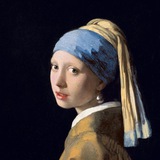
Subscribe to a channel


 50351
50351
Telegram-канал painting - The Art Vault
 50351
50351
The #1 Virtual Art Gallery Buy Ads: @CaptainJamesCook